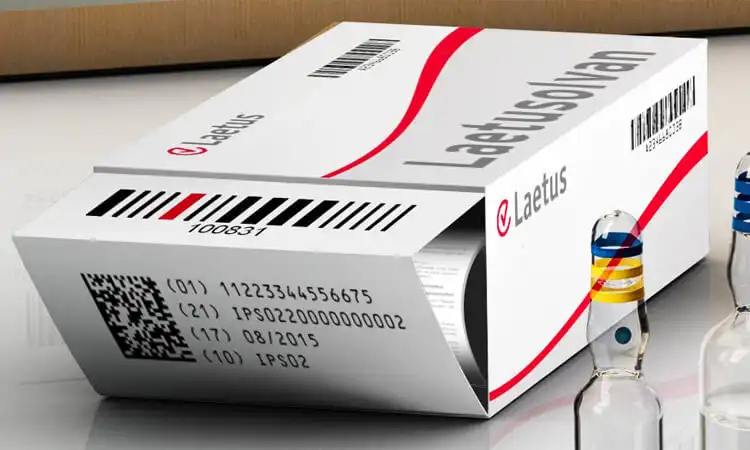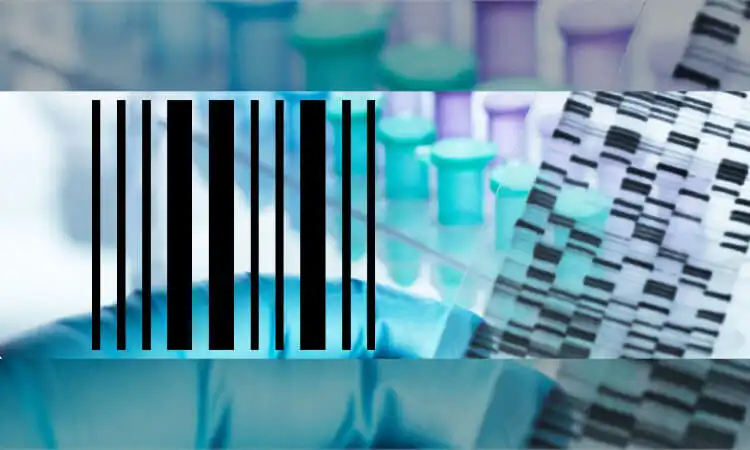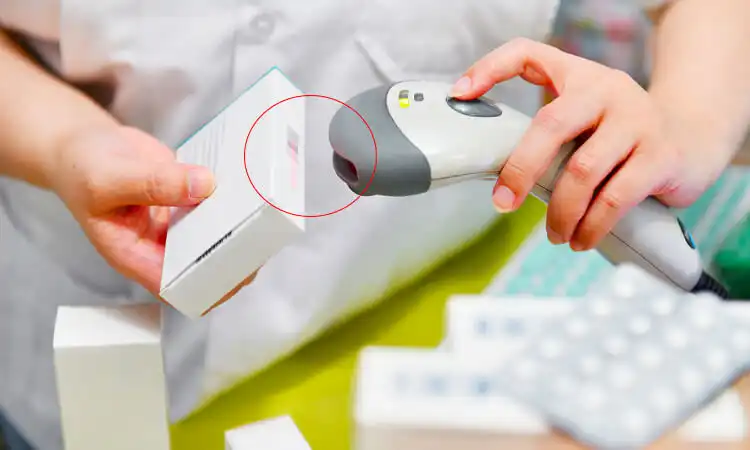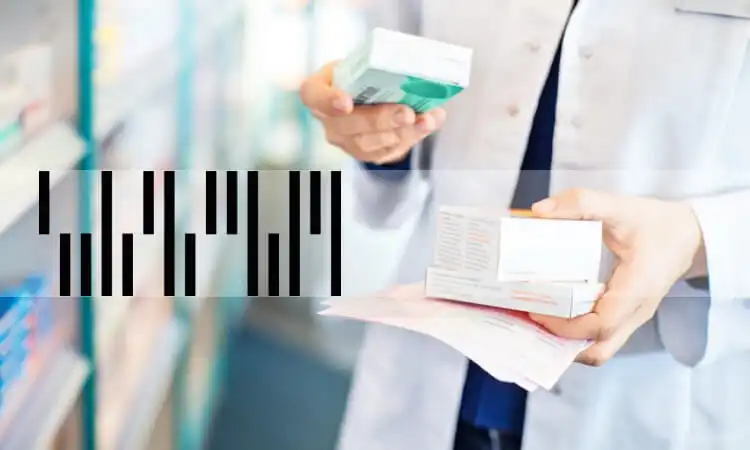Accurately tracking drugs is essential for patient safety and efficient supply chain management. Barcoding has become a widely accepted way of achieving this goal. However, pharmacode is a specialized type of barcode. It offers several unique benefits that traditional barcodes cannot achieve. This blog post will explore what pharma code is, how it works, and its benefits and limitations.
Introduction to Pharmacode
Pharmacode is a specialized barcode designed for the pharmaceutical industry. It encodes drug information to enable identification, tracking, and regulatory compliance. It is also known as pharmaceutical binary code or simply code. Unlike traditional barcodes, which use a series of lines or bars to represent data. It uses a series of binary digits to encode information. This coding allows for a more compact and efficient representation of the data. It also makes it easier to track and identify drugs.

History and Development
Pharmacode was initially developed in the 1970s by Laetus, a German company specializing in quality control systems for the pharmaceutical industry.
At the time of its development, the traditional barcode had obvious drawbacks. Its limited data capacity and lack of reliability made it unsuitable for the pharmaceutical industry. pharmacode was developed to overcome these limitations. It provides a more efficient and secure way to encode and decode pharmaceutical information.
Pharmacode established the global standard for barcode identification of medications. It has enabled pharmaceutical companies to achieve compliance and safeguard patients. As the dominant system, it helps track drug data efficiently and reliably. It has transformed the industry and improved quality care by promoting product details management. It offers an essential tool for verifying medicines and meeting regulations. It has maintained safety standards and quality through accurate tracking of key information.
Structure and Encoding
Pharmacode uses a single-color barcode sans traditional start and stops patterns. This simple design, consisting of narrow and wide bars of the same color, enables faster scanning and decoding.
Each bar in a Pharmacode barcode represents a binary value of 1, 2, or 4, encoded by its width. By combining different width bars, Pharmacode barcodes can represent a wide range of values using minimal elements. This compact design allows for a high density of information while maintaining readability.
The value of a Pharmacode barcode is determined by calculating the binary values of all bars. This binary-based system provides flexibility and extensibility, allowing Pharmacode barcodes to scale efficiently. More bars can be added to represent newer or larger values as needed.
Benefits of Using Pharmacode
Pharmacode offers several advantages for the pharmaceutical industry. The first is its compact and efficient design, which allows for encoding a large amount of information in a small space. This is particularly useful for small packages or labels where space is limited.

Second, pharmacode is highly reliable. It is less susceptible to printing and scanning errors than other barcode systems. This is due to its relatively simple design and the fact that it does not rely on a start and stop pattern, which can be prone to errors.
Finally, pharmacode is highly secure, as it is difficult to counterfeit or tamper with due to its unique encoding method. This helps ensure the integrity of the drug supply chain and prevents the distribution of counterfeit drugs. This is because counterfeit drugs can have serious health consequences for patients.
How to Read a Pharmacode
Reading a pharmacode is a simple process that involves scanning and decoding the barcode. Here are the basic steps:

Locate the Pharmacode
The pharmacode is typically printed on the packaging or label of a medication. It comprises a narrow and wide bar arranged in a single-color barcode.
Scan the Pharmacode
Use a barcode scanner to scan the pharmacode. The scanner will read the binary values of each bar and convert them into decimals.
Decode the Pharma Code
The decimal values of each bar are added together to determine the total value of the barcode. This value corresponds to a specific drug or product.
Access the Drug Information
Once the pharmacode has been decoded, the information encoded in the barcode can be accessed. This may include information such as the end date, lot number, and medication dosage.
Standards and Regulations for Pharmacode
Pharmacopeias are regulated by many organizations and agencies listed below. They exist to ensure compliance with industry standards and to promote patient safety. Here are some of the key standards and regulations for pharmacode:
- International Organization for Standardization (ISO). The ISO has developed international standards for pharmacode, including ISO 11784 and 11785. These standards specify the requirements for the structure and content of pharmacode barcodes used to identify pharmaceutical products.
- European Medicines Verification System (EMVS). The EMVS is designed to protect patients from the distribution of falsified medicines. Pharmacode is one of the accepted barcode formats for use with the EMVS.
- United States Food and Drug Administration (FDA). The FDA requires that pharmaceutical products be labeled with a unique identifier (UI) with a barcode. Pharmacode is one of the accepted barcode formats for use with the FDA’s UI system.
- Healthcare Distribution Alliance (HDA). The HDA is a trade association representing pharmaceutical distributors in the United States. The HDA recommends using pharmacode for product identification and tracking. It has developed guidelines for using pharmacode in the pharmaceutical supply chain.
- International Pharmaceutical Federation (FIP). The FIP is an international organization representing pharmacists and pharmaceutical scientists. The FIP has developed guidelines for the use of pharmacode in the pharmaceutical supply chain. This includes recommendations for coding product information and using the pharmacopeia for product identification and tracking.
Applications in the Pharmaceutical Industry
Pharmacode is used extensively in the pharmaceutical industry for various applications. Some of the most common uses include:
Product Identification
Pharmacode barcodes uniquely identify every medication. They make it easy for healthcare providers and patients to verify the correct drug, dosage, expiration date, and batch number. This helps prevent errors and adverse events.
Packaging
Printing Pharmacode barcodes on medication packaging facilitates automated sorting and quality control processes. It helps efficiently manage inventory and reduce waste.
Track and Trace
Pharmacode barcodes enable real-time tracking and tracing of medications throughout the supply chain. This increases transparency and prevents counterfeiting or diversion. It also ensures timely recalls in the event of any problems.
Regulatory Compliance
Pharmacode barcodes help manufacturers meet stringent serialization, verification, and product authentication regulations. They provide an auditable record of key product attributes to demonstrate compliance.
Challenges and Limitations of Pharmacode
Despite its many advantages, pharmacode does have some limitations and challenges. One of the primary limitations is that it can only encode a largest of 131070 unique values. This might not be enough for some applications, particularly as the number of pharmaceutical products grows.
Additionally, Pharmacode barcodes are not as widely recognized as other standards like UPC or EAN. This can make them harder for healthcare providers and others to identify, understand and interpret. More education and exposure may be required.
Though generally secure, Pharmacode barcodes cannot be made completely tamper-proof. Despite security features, there is always a small risk of counterfeiting, diversion, or other malicious manipulation. Constant vigilance is needed.
These limitations highlight opportunities for improvement and help justify extra solutions. Alternatives like 2D barcodes, RFID tags, and serialization can provide more functionality.
pharmacode is a widely recognized standard for barcode-based drug authentication and verification. Its use in the pharmaceutical industry offers several benefits. The high reliability and security of pharmacode make it an essential tool for ensuring patient safety and maintaining the quality of care in the pharmaceutical industry.
Related Articles: What is the Difference Between Pharmacode and Barcode
General Questions About the Pharmacode
-
What is pharmacode, and how does it work?
Pharmacode is a barcode system used in the pharmaceutical industry to encode and decode drug information. It uses a series of narrow and wide bars of varying widths to represent binary values, which are then decoded to provide information on the drug.
-
How is pharmacode used for product identification in the pharmaceutical industry?
Pharmacode can uniquely identify each medication. This makes it easier for healthcare professionals and patients to ensure they are using the correct drug.
-
What are the regulatory requirements for pharmacode in the pharmaceutical industry?
Pharmacode is regulated by several organizations and agencies worldwide. This includes ISO, FDA, and EMVS. They ensure compliance with industry standards and promote patient safety.
-
What are the differences between pharmacode and other barcode systems?
Pharmacode is unique to other barcode systems because it does not use a start and stop pattern. Instead, it uses a series of bars of varying widths to represent binary values. This allows for a more efficient and compact data representation.
-
How is pharmacode used for inventory management in the pharmaceutical industry?
Pharmacode is printed on the packaging of medications to facilitate automated packing. It was sorting processes and assisting with quality control and inventory management.









